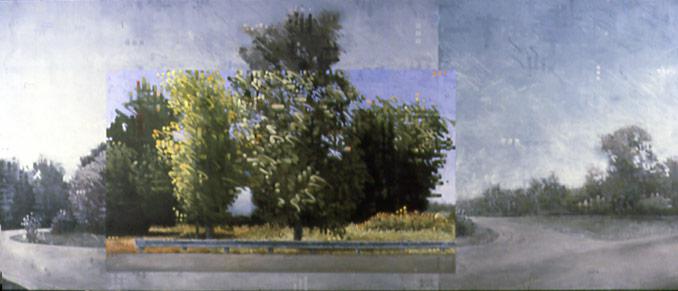September 21, 2016 - 21:57

I enjoyed listening to Kris Graves speak about his background and his beginnings in photography. In his talk and in his exhibit, I picked up on what I thought were common themes of frankness and gratitude that permeated his words and work. I was given the impression that Graves strives for bluntness and honesty, and I think that this is demonstrated in his demeanor and his photos. He was not afraid to admit who in the art world was an "asshole," or how common it is for museums and galleries to lose money, or that he didn't always know how to interact with subjects ("I didn't want to be a man shooitng women"). I think it was also significant that throughout his talk, he frequently gave credit to his influences, his colleagues, his teachers, his family, his friends, and his luck. I can imagine that other artists might not be so humble. Graves repeatedly mentioned that his work is about "making records of everyone [he] knew" and emphasized his commitment to photographing his friends and family. I was touched by how intimate the portraits were, and I feel very honored to have been invited to see the people in his life so closely.
In the exhibit, what struck me the most was how different I thought the exhibit was from the books we were given earlier. The book was a nice preview, and reading gave quite a bit of interesting backstory to the Testament project. However, I thought that the physical exhibit was more impressive. The photos are beautiful in person, and the colors are so vivid and present and it is definitely a different experience. I thought the descripitions that were paired with the photos in the exhibit told a different story than the ones in the book. I think that the ones hung up on the wall told a story about how closely blackness is tied to class. Blackness is more than just skin, but I think that the exhibit drew connections between race and class quite clearly. I think it will be interesting to put those stories into conversation with Zeus Leonardo's take on Marxism and race in the future.
Something else I think worth mentioning in the comment Graves made when he was talking about photographing the sites where black men were murdered by police. He said that there was "fear" in him when he visited those places, but he consoled himself by reminding himself that "these are just places. Not dangerous place, just places." And it made me rethink the Beloved story and the way I think about layers of history, which seem so tied to place...when we talk about hauntings and ghosts and the way that antiblack racism has shaped the geography of Bryn Mawr...how do we accept an intervention in that way of thinking? How do we accommodate a statement that places are "just places?"

Comments
"just places?"
Submitted by Anne Dalke on September 22, 2016 - 08:34 Permalink
thanks for raising this question, cc.
a couple of years ago i started my course on "ecological imaginings" with two mural-like paintings:

"James Sanders, Roadside Field," and

"Cordie Cheek, Junction of Route 50 and 50A, near Columbia, Tennessee."
They were part of a series by Keith Morris Washington, called
"Within Our Gates: Human Sacrifice in the American Landscape,"
shown @ The Museum of The National Center of Afro-American Artists (Roxbury, Mass), March-June 2003.
The artist said they depicted "the pastoral scenes and tranquil settings where
lynching, without lawful trial and mob-oriented, actually took place."
I didn't have the language of "haunting" then, but now that I do,
I'm not feeling that any place is "just a place," but rather that
all places are haunted by the histories that have occured there.